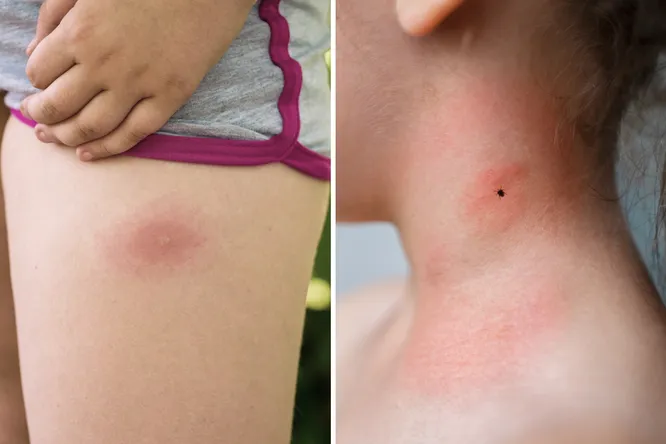
Tick attacks are one of the main threats to your health when travelling outdoors.
After all, these arachnids carry many dangerous infections, including encephalitis and borreliosis. The most important thing in this situation is to recognise a tick bite in time.
How to recognise a tick bite: a hint will help
Once on the human body, ticks usually attach themselves to the armpits, neck, behind the ears and on the head, in the groin or buttocks – in short, to places with thin skin, as it is much easier to bite through.
If the parasite has not yet had time to get enough and fall off on its own, then it is much easier to take precautions, because you know (at least approximately) what you can expect from such an attack.
But if you don’t find it in time, how do you know it was a tick?
Take a close look at the bite site: if you see a dark small dot or bump, like after a mosquito bite, and a round or oval reddish spot appears around it, it was a tick. Usually, such redness disappears without a trace in two to three days after it appears.
However, in children, the elderly and allergic people, the skin area with the bite often becomes itchy, and a rash or swelling may appear. This reaction occurs either immediately after the parasite is sucked in or within the next two days. In such cases, doctors usually recommend taking antihistamines to relieve the symptoms.

